1. Whale Oil
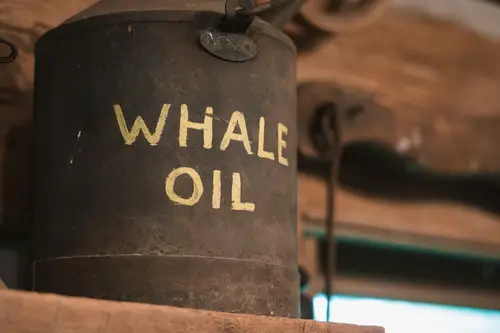
Whale oil isn’t something you’d expect to see in a cookie recipe today, but in the 18th and early 19th centuries, it was common. It was used as a cooking fat and sometimes even in baking, giving dishes a rich, smooth texture. Whale oil was prized for its shelf stability, unlike butter which could spoil quickly. Families also used it for frying because it reached high temperatures without smoking.
Eventually, whale oil fell out of favor due to ethical concerns and the rise of vegetable oils. Its role in kitchens shows how necessity shaped cooking choices. People were resourceful with whatever fats were available. It’s a testament to the adaptability of historic cooks.
2. Opium Tinctures
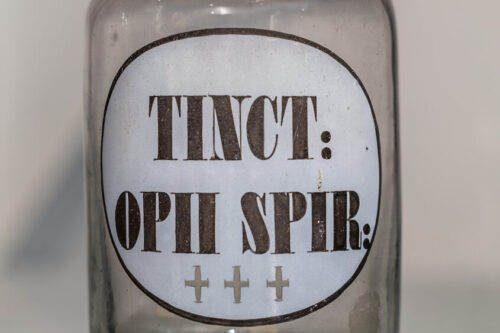
Opium tinctures weren’t just medicine—they sometimes sneaked into recipes for desserts and drinks. Victorian Americans believed a drop could calm nerves or ease pain while still being safe in small doses. It was especially popular in baked goods and homemade cordials. The amount was carefully measured, often in “drops,” and integrated like any other ingredient.
As awareness of addiction and health risks grew, opium left the kitchen for the pharmacy exclusively. But its presence in historical cookbooks shows how intertwined cooking and self-medication once were. Families often trusted these recipes without question. It’s a stark contrast to today’s strict separation of medicine and food.
3. Spruce Beer
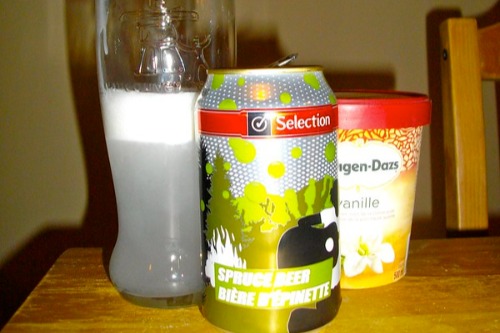
Spruce beer was a colonial favorite, made by infusing beer with spruce tips or needles. It was valued not just for its piney flavor, but also for its high vitamin C content, which helped prevent scurvy among early Americans. People often brewed it at home, combining molasses, yeast, and spruce tips in a fermentation process. It was considered both medicinal and refreshing, a dual-purpose kitchen staple.
The aroma of fresh pine in the kitchen was a sign that your family would stay healthy through the winter. Spruce beer eventually faded as imported citrus became more accessible. Still, it lingered in recipes for home remedies and holiday treats well into the 19th century. Modern craft brewers sometimes resurrect the old recipe, giving it a nostalgic twist for adventurous drinkers.
4. Alum

Alum, a type of potassium salt, was a common ingredient for baking powder and pickling. People relied on it to make pickles crisp and to help breads rise more evenly. Its bitter taste was masked by sugar or spices, making it a subtle but important kitchen chemical. Alum was valued as both a culinary helper and a household preservative.
Home cooks trusted alum for its ability to make jams gel without modern pectin. Over time, its use declined due to health concerns and the advent of safer alternatives. But in the 19th century, it was nearly indispensable in a pantry. Its presence in recipes often went unnoticed, quietly working behind the scenes.
5. Sweet Lead Water

In the 18th and early 19th centuries, sweet lead water, or “sugar of lead,” was commonly added to wines, syrups, and even lemonade. It was prized for its sweetening properties, especially in times when sugar was scarce or expensive. No one knew about its toxic effects back then, so it seemed like a harmless luxury. Households often kept small jars on the kitchen shelf for daily use.
Its use eventually declined after poisoning cases became widespread. Lead’s role as a flavor enhancer underscores how culinary practices can clash with modern science. People genuinely believed they were improving taste and shelf life. Today, it serves as a cautionary tale in food history.
6. Blood
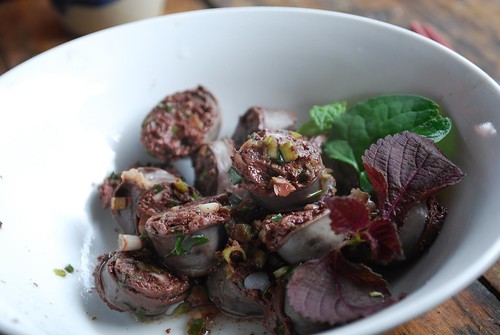
Blood was once a prized ingredient, particularly in puddings, sausages, and stews. It added protein, richness, and a deep, earthy flavor to dishes that would otherwise rely on fat or flour for substance. Blood pudding and black pudding were staples in many American households, especially among European immigrants. It was valued as a cheap, nutrient-dense addition to the diet.
Modern American kitchens largely abandoned blood as tastes and food availability changed. Its historical presence highlights a time when nothing edible went to waste. Cooks respected every part of the animal, believing it was both practical and nutritious. Today, it survives mainly in niche cuisines and traditional recipes.
7. Ammonium Carbonate
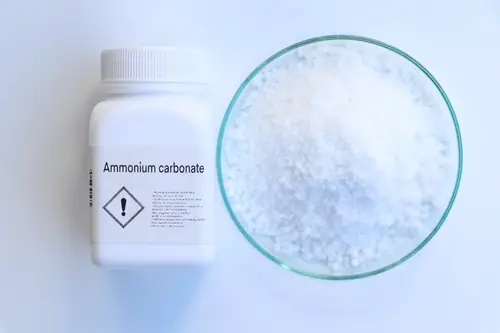
Ammonium carbonate, also called “baker’s ammonia,” was the precursor to modern baking powder. It helped cookies and crackers puff up beautifully, leaving them light and crisp. People prized it for creating airy textures without yeast. In the 18th and 19th centuries, it was found in nearly every well-stocked kitchen.
Its sharp, ammonia smell disappears during baking, but it required careful handling. Over time, baking soda and commercial baking powders replaced it for convenience and safety. Nonetheless, recipes using baker’s ammonia are still treasured by historic baking enthusiasts. It’s a reminder of how chemistry quietly shaped early cooking.
8. Sassafras
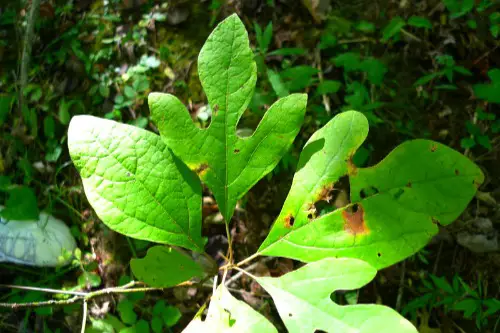
Sassafras roots and leaves were once used in teas, soups, and the original root beer. The aromatic plant imparted a sweet, earthy flavor and was also thought to have medicinal properties. Its distinctive taste made it a common pantry item for colonists and early Americans. The plant’s versatility kept it in heavy rotation in kitchens across the country.
Later, safrole, a component of sassafras, was found to be potentially carcinogenic. This led to its decline in commercial foods. But for generations, sassafras flavored everything from beverages to baked goods. It’s a botanical reminder of the blurred lines between flavoring and folk medicine.
9. Ground Plaster of Paris
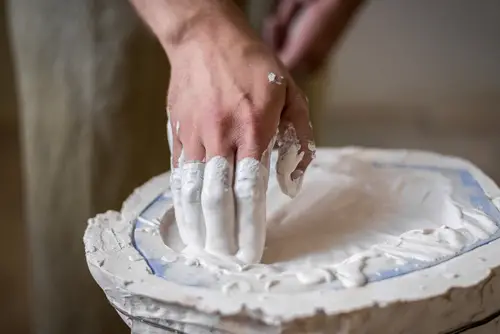
Yes, Plaster of Paris once made an unusual culinary appearance. Bakers used it in tiny amounts to firm up icings, particularly on wedding cakes and fancy desserts. It gave a smooth, solid texture that sugar alone couldn’t achieve. Back then, this wasn’t considered hazardous; it was just a clever trick for achieving perfection.
The trend began to disappear as food safety standards evolved. Today, Plaster of Paris is strictly off-limits in cooking, but its historical use shows the lengths cooks would go for aesthetics. It highlights how experimentation and innovation were a big part of early kitchens. People were willing to try almost anything to impress guests.
10. Arrowroot Powder
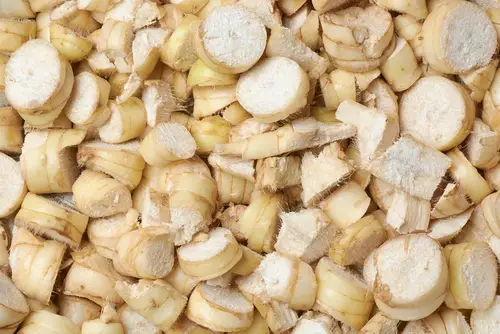
Arrowroot powder was a go-to thickening agent before cornstarch became widespread. People used it in puddings, sauces, and custards to achieve a silky, translucent texture. It was gentle on the stomach, making it ideal for children and the sick. Arrowroot was considered a versatile, indispensable pantry staple.
Its popularity gradually waned as corn-based products became cheaper and more accessible. Still, arrowroot’s historical presence highlights early Americans’ desire for smooth, refined textures in their cooking. Many traditional recipes from the 19th century relied on it heavily. Its culinary reputation persists in some gluten-free and allergy-friendly recipes today.
11. Tallow
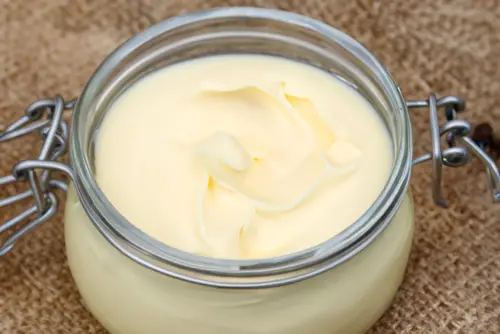
Tallow, rendered beef or mutton fat, was a kitchen workhorse. It was used for frying, baking, and even making candles, earning a permanent spot in pantries. Tallow had a long shelf life, making it invaluable before refrigeration. It added flavor and richness to everything from pies to roasted vegetables.
Modern cooking has largely replaced tallow with vegetable oils, though chefs sometimes bring it back for flavor. Its historical importance reminds us that early kitchens prioritized utility and preservation. Tallow’s presence in recipes was more than tradition—it was practicality. Those who mastered it could cook all winter without worry.
12. Pearl Ash
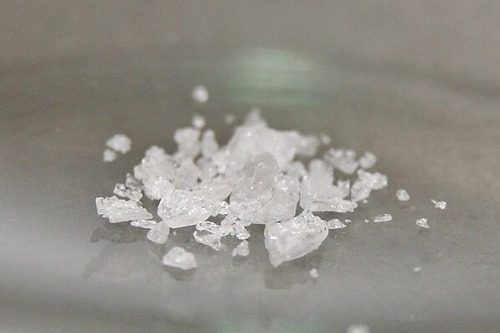
Pearl ash, or potassium carbonate, was used as a leavening agent and in pretzel-making. It reacted with acidic ingredients to create carbon dioxide, helping breads and cookies rise. Home cooks prized it for giving baked goods a delicate crumb before baking soda was widely available. It also helped tenderize vegetables and soften water for cooking.
Its use diminished as chemical leaveners became safer and more reliable. But for a time, it was essential for any ambitious baker. The technique required skill, as too much could make foods taste soapy. Pearl ash represents the hands-on, experimental nature of historic kitchens.
13. Catnip

Catnip isn’t just for cats—it once found its way into teas, syrups, and even salads. Americans believed it could calm digestive issues and promote relaxation, making it a popular medicinal and culinary herb. Its mild minty flavor was subtle enough to incorporate into recipes without overpowering them. Families often grew it in backyard gardens for easy access.
As tastes and medicine evolved, catnip transitioned mostly into herbal teas. Its culinary use is now niche, but historical records show it was a valued multi-purpose plant. Including it in recipes was both practical and soothing. It’s a reminder of how early Americans combined health and flavor in the kitchen.
14. Gum Arabic
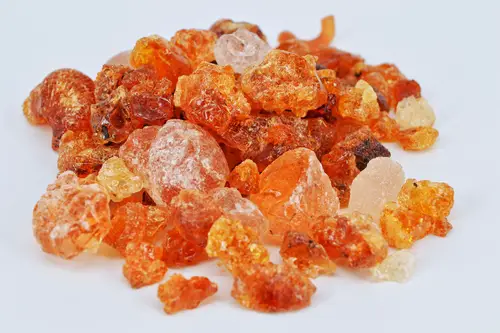
Gum arabic, a sap from acacia trees, was once a pantry essential for thickening syrups, glazes, and candies. It stabilized mixtures, giving jellies and icings a glossy, smooth finish. Bakers and cooks relied on it for both texture and shine. It was particularly important in candies and confections, where precision mattered.
Its use has largely been replaced by cornstarch or gelatin, but historically it allowed desserts to reach a level of refinement previously unattainable. Gum arabic’s presence shows early Americans’ ingenuity in creating appealing textures. Its versatility kept it in kitchens for decades. Today, it survives mainly in specialty candies and beverage emulsions.
This post 14 Odd Ingredients Once Considered a Kitchen Staple Across America was first published on American Charm.


